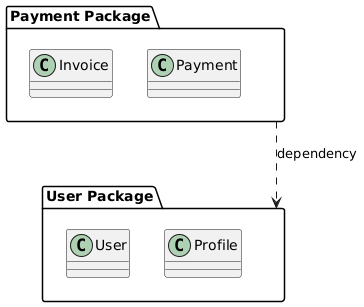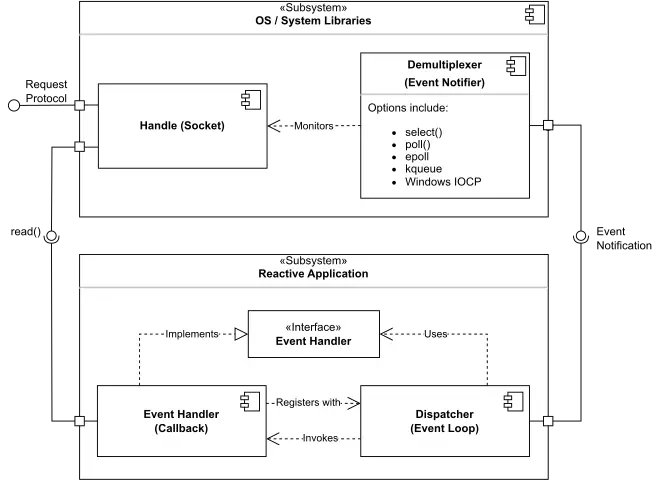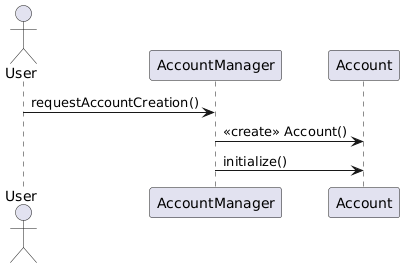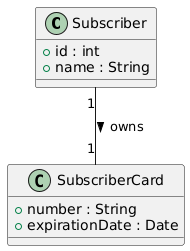UML Diagrams MCQs Questions With Answers – Part 33
Test your knowledge and boost your confidence with these multiple-choice quizzes focused on UML diagrams, foundational software engineering concepts, and real-world best practices. Designed for students, developers, and exam candidates, these MCQs offer a quick and effective way to assess your understanding and sharpen your skills.
1. What is the purpose of OCL (Object Constraint Language) constraints in UML?
A To define user permissions
B To specify formal logical rules on a model
C To compile a UML model
D To automatically generate source code
2. Which arrow symbolizes a dependency between two UML packages?
A A continuous line with a diamond
B A dashed white arrow
C A solid black arrow
D A curved arrow
3. In a component diagram, a provided interface is represented by:
A A rectangle with <<interface>>
B A half-moon pointing outward
C A filled circle connected to a component
D An arrow directed towards an abstract class
4. Which UML approach is used to model systems distributed across multiple levels of abstraction?
A Multiple inheritance
B A single metamodel
C Weak aggregation
D Multi-level modeling
5. In a component diagram, a required interface is represented by:
A A circle
B A square
C A half-moon open (socket)
D A diamond
6. You want to represent that a print server receives requests from multiple clients. Which UML diagram would help?
A Activity diagram
B Class diagram
C Communication diagram
D Sequence diagram
7. You want to show that the “Card” object is created in a sequence diagram. Which arrow should you use?
A Solid arrow with <<create>>
B Dashed arrow with new()
C Solid arrow with return
D Loop arrow
8. What is the purpose of the <<utility>> stereotype?
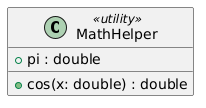
A To create an abstract class
B To create a temporary object
C To indicate a static (utility) class
D To indicate an interface
9. In a library management app, a subscriber card is associated with exactly one subscriber. What is the multiplicity on the “subscriber” side?
A 0..*
B 1
C 1..*
D 0..1
10. What does {readOnly} mean here?

A The name is hidden
B The name is private
C The name is linked to an interface
D The name cannot be modified after initialization


